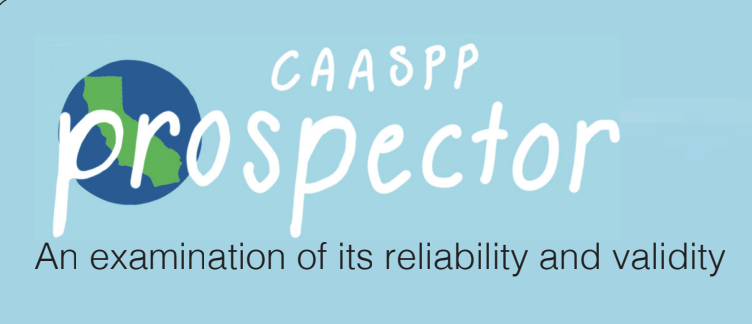The Necessity of CAASPP
The California Assessment of Student Performance and Progress testing has repeatedly been controversial among teachers, parents, and students. While the test intends to evaluate student performance and progress, many have argued that it is not a reliable indicator of academic achievement.
The issue with the CAASPP test is that it focuses too much on standardized testing and does not consider each student’s unique circumstances. Students come from diverse backgrounds and have different learning styles, which makes it difficult to measure their academic progress using a one-size-fits-all approach.
When reading, students typically use various strategies, such as making connections, visualizing, summarizing and questioning, to aid comprehension. However, students who prefer different learning styles, such as relying on visual cues, may struggle to engage with the text or make sense of the content, which further presents the issue of pressure. Said junior Diana Villalobos, “[CAASPP] focuses a lot on reading comprehensibility rather than showing different styles of information, so the material can be hard to interpret for some.”
Another issue with the CAASPP test is that it places undue stress on students and teachers. The test takes several hours to complete, and students are under pressure to perform well, which can lead to anxiety and stress. Although given an unlimited amount of time for the test, a student may feel pressured to finish quickly when moved to a different location.
Even though that is true for some, many other students do not try their hardest on the test and believe it is a waste of time. Said Villalobos, “I know a handful of people that just press random answers and type small responses on the long-response questions.”
On the other hand, teachers are evaluated based on their students’ performances on the test, which can lead to a narrow focus on test-taking strategies at the expense of broader educational goals in the future.
Said literature teacher, Amanda Phelps, “I can’t say I myself for sure have been evaluated, but I know some teachers [on campus] that have been.” This evaluation may provide insights into teachers and their students on how well they are teaching and whether their teaching methods are effective in helping students learn and improve their skills.
Many have argued that the CAASPP test does not accurately represent the quality of education in California schools. Some people believe that factors such as class size, resources and teaching experience should be considered since they can significantly impact a student’s achievements.
The CAASPP test is not a reliable indicator of academic achievement or the quality of education of individual students and California schools. While standardized testing can be useful, it should not be the only factor used to evaluate student progress or the effectiveness of educational programs.
Instead, we need to adopt a more comprehensive approach that considers each student’s unique circumstances and focuses on developing the critical thinking, creativity, and problem-solving skills essential for success as we advance in our future.









